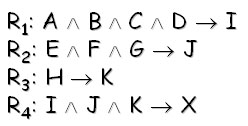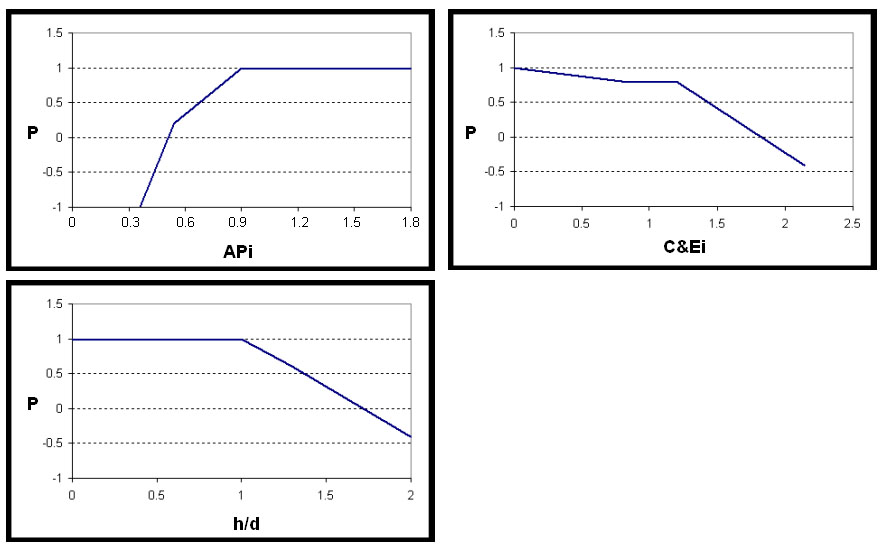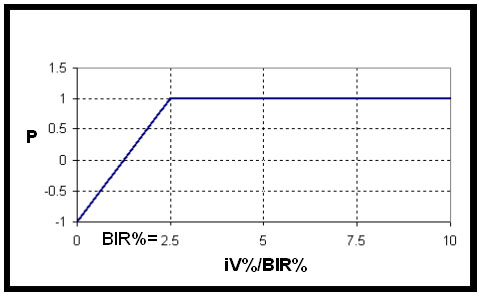Knowledge Base contains knowledge in the form of symbolic expressions. The growth simulator SIBYLA uses symbolic expressions of the production net type, which is composed of production rules. The production net is shown in Fig. 1 and Fig. 2.
Three criteria are evaluated: The overall quality of the stand is good (X), if all natural production (I), ecological structure (J), and economic returns (K) from the stand are good.
The evaluation of criteria is based on their aspects. Natural production (I) is good, if all its aspects, i.e. the utilisation of production area (A), the utilisation of increment potential (B), the quality level of the production (C), and the production safety (D), are good. Ecological structure (J) is good, if vertical and tree species structure (E), type of horizontal mixture of trees (F), and safety of the structure (G) are all good. Economic returns (K) are good, if the relative financial returns from the stand (H) are good. Figure 2 presents the prodution network in the form of symbolic expressions. The nodes A, B, C, D, E, F, G, and H are called leaf nodes; the nodes I, J, and K are called intermediate nodes, and the node X is called a root node. The production network (Figure 2) can be described by four production rules:

The aspects are quantified using their indicators. The utilisation of the production area is assessed on the base of stand density (SD). The utilisation of the increment potential is assessed by the ratio between the total current increment obtained from the prognosis and the increment standard derived from yield tables (iP/iN). The quality level of the production is assessed using the percentage of the highest-quality assortments I, II and IIIA (%I-IIIA). The evaluation of the production safety is based on the height diameter ratio (h/d). The vertical and tree species structure is evaluated by "Arten Profil" index (APi). The type of horizontal mixture is assessed using the index of Clark and Evans (C&Ei). The safety structure is evaluated on the base of heigh diameter ratio (h/d). Relative financial returnes are evaluated by the ratio between the economic increment percentage (iV%) and the bank rate (BIR%).

Figure 1 Knowledge base (production network) for the evaluation of the overall stand quality

Figure 2 Symbolic expression of the production network





